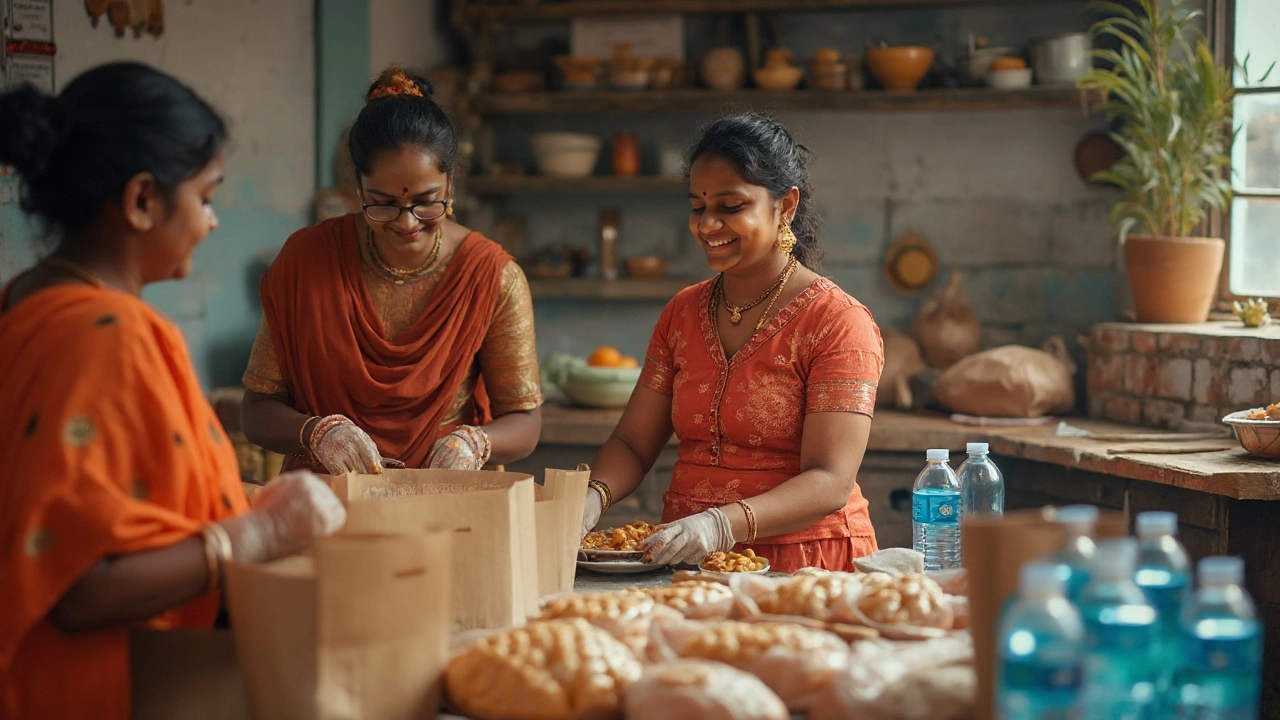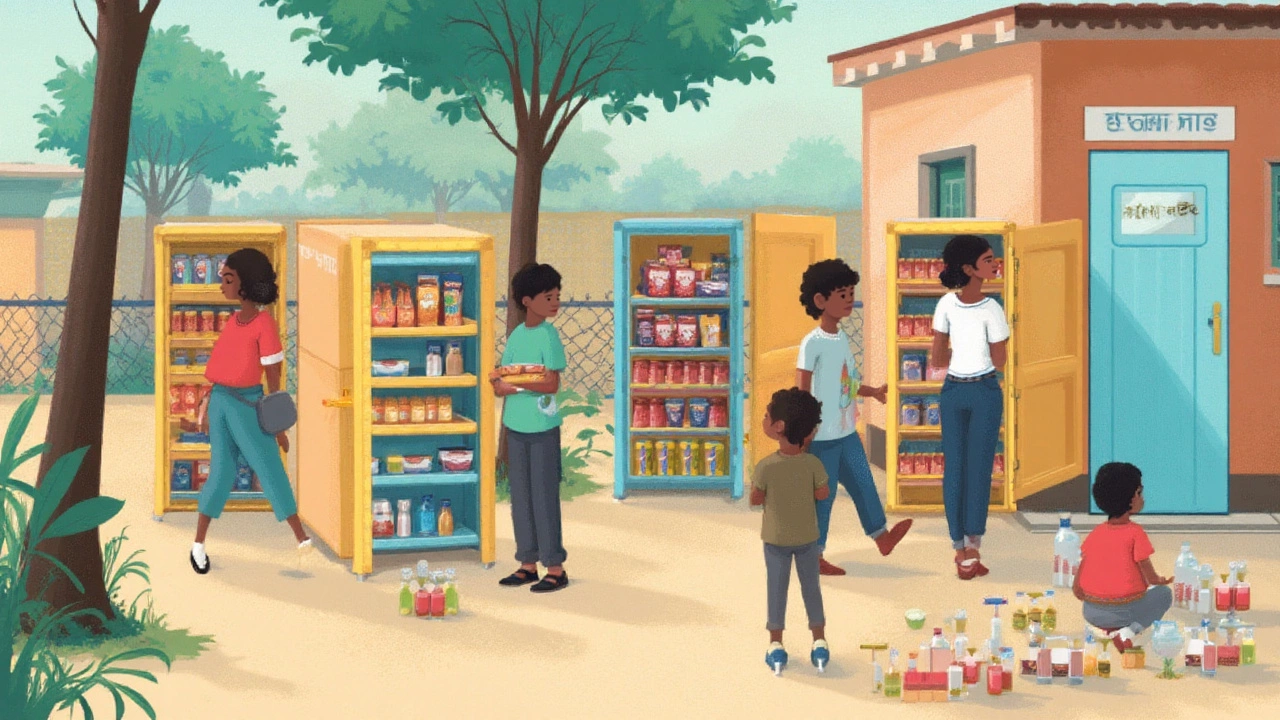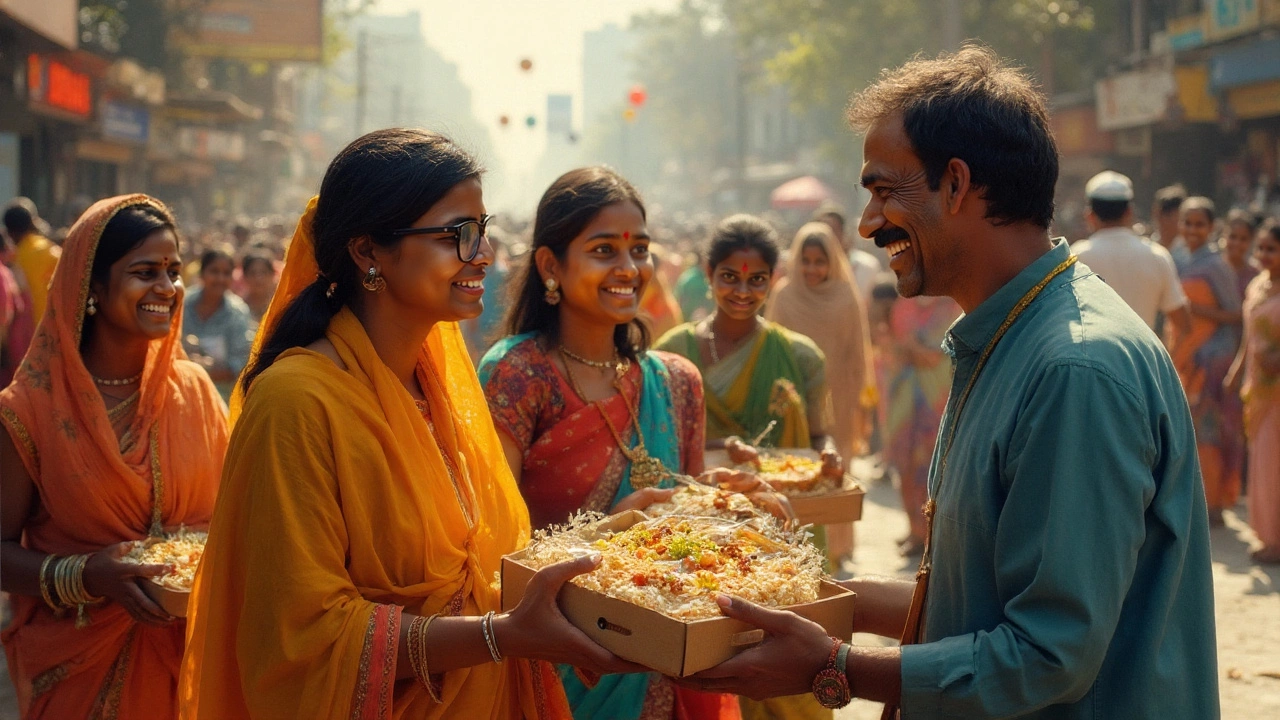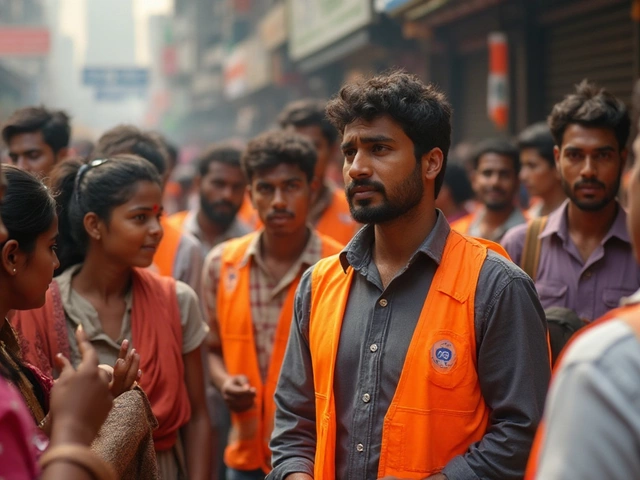It’s a tough sight—someone holding a sign, maybe shielding their eyes from the sun, hoping for kindness. But if you’re reaching into your bag or prepping a grocery run, a question hits: What’s the best food to actually give a homeless person? Chips and sweets might be what’s in your glove box, but is that the right move? The truth is, the right food can make a real difference in a day that’s already hard enough. And believe it or not, a little thought goes a long way, turning one snack into a genuine act of support, not just a gesture.
Why Food Choices Matter More Than We Think
We all eat for different reasons—taste, energy, comfort. But for people without stable housing, food is about survival. Not just filling up, but staying nourished and healthy for as long as possible. It’s not about fancy flavors. It’s about practicality and nutrition wrapped into something portable. Most homeless folks don’t have fridges, microwaves, or even access to clean water at all times. Giving food that melts, spoils, or needs to be cooked makes things trickier. And here’s a reality check: data from Feeding America shows that in 2023, 44 million people in the U.S. experienced food insecurity last year, with about 582,000 counted as homeless on a single night by the Department of Housing and Urban Development. That’s a lot of people making tough choices daily.
Handing out leftovers can make someone sick if food safety isn’t spot-on. And while a burger might sound delicious after a long day, the best donation foods are safe at room temperature, easy to open, and won’t go bad if they’re stashed in a backpack for a couple days. Think shelf-stable and ready to eat. Anything too messy or hard to eat—like a whole raw mango with no knife, or a can that needs a can opener—becomes more stress than meal. The goal? Make it easy, safe, and health-boosting, not just filling.
Power Foods: What Really Helps on the Street?
It may surprise you to hear that peanut butter is a donation superstar. Grab-and-go protein, long shelf life, no need to refrigerate. Even small packets work. Tuna or salmon in foil packets, not cans, check a lot of boxes too—easy to open and packed with protein. If you want to add a little variety, trail mix, granola bars, and beef jerky travel well and provide needed calories.
Healthy carbs matter. Whole grain crackers or single-serve cereals are good picks, boosting energy that actually lasts. Keep in mind that some homeless people have dental issues, so soft foods like applesauce cups or fruit snacks are easier for them to eat than pretzels or crunchy nuts. If you want to offer fruit, opt for sturdy options like bananas or oranges—they don’t bruise easily and are loaded with nutrition.
Water is non-negotiable. Small bottled water or electrolyte drinks (mini sports drinks or Pedialyte) are a huge help, especially in summer. Hydration is a daily struggle on the street, and sugary sodas just don’t cut it for nutrition and health.
| Food | Why It Works |
|---|---|
| Peanut Butter (single serve) | High protein, no refrigeration, easy to eat |
| Tuna/Salmon Packets | Protein, easy-open, long shelf life |
| Soft Granola Bars | Portable, filling, gentle on teeth |
| Bottled Water | Hydration, safe, always welcome |
| Mandarins/Bananas | Fresh, nutritious, tough skin protects fruit |
| Jerky (meatless or beef) | Protein, shelf-stable, filling |
| Fruit Cups (no sugar added) | Soft texture, vitamins, individual servings |
| Whole Wheat Crackers | Energy, fiber, easy to store |
Avoid giving anything that spoils fast like milk or cheese sticks, or anything that’s likely to get crushed or ruined if tossed in a backpack (think: cupcakes or delicate pastries). Skip items that require cooking, can openers, or lots of water to prepare—you never really know what someone’s next meal situation is going to be.

Donating With Dignity: Tips That Respect Real Needs
Empathy beats pity any day. It’s about asking yourself—what would you want if you had to sleep outside tonight? Sometimes I think about my own kids, Lennon and Seraphina, and the snacks I throw in their schoolbags. Sturdy, simple, not too crumbly. The same thought applies here, just grown-up style. Individually packaged foods stay fresh longer and can be rationed for later. This way, the person decides when and how to eat, not the clock or the weather.
If you’re making a care package, include a napkin, a spoon or fork (the kind you get with takeout), and maybe a wet wipe or two. Hygiene is a struggle, and these little things can be a highlight in someone’s day. Some people also put in socks, travel-size toiletries, or notes with kind messages, but stick with food if that’s your focus.
- Always check expiration dates—nobody wants old food.
- Avoid strong-smelling foods—some folks keep food with them for several days.
- Go easy on foods high in sugar or salt; many people struggling with homelessness have chronic conditions like diabetes or high blood pressure.
- Best food for homeless is always something easy, healthy, and respectful of their daily challenges.
If you have time, ask if they have preferences or allergies before handing something over; people have unique needs and, sometimes, pride. Nobody wants to be handed something they can’t eat or don’t like.
Common Mistakes and Foods to Avoid
It’s tempting to pass along what’s cheap, handy, or laying around at home. But some foods, while well-intentioned, just don’t work. I’ve seen folks get canned stew with no opener, or fresh bread that’s been squashed flat. Foods requiring prep or special storage aren’t practical, and it can lead to real waste. Dairy, like yogurt or cheese, goes bad fast outside a fridge. Baked goods crumble and spoil. Uncooked pasta, rice, or cake mixes are useless on their own. Anything spicy or overly salty isn’t a great bet—especially for folks with health issues.
If you want to skip mistakes, think about how foods will travel and store. Even seemingly healthy options like apples can bruise and rot quickly, especially in the summer heat. Soda doesn’t hydrate, and strong-smelling items (like garlic sausage) can attract unwanted attention. Leftovers—even from a nice restaurant—aren’t a good idea. Their origins are unknown, which is risky for anyone, but especially someone with a fragile immune system.
Beware of foods that need resealing, like open bags of chips. Single-serve or individually wrapped options are always safer. And don’t hand out things you wouldn’t feed your own family. Giving with respect helps keep dignity—no one wants to feel like an afterthought.

Going Beyond the Basics: Making a Lasting Impact
Routine is scarce when you’re unhoused, so familiar, reliable foods can bring comfort. A study from the National Alliance to End Homelessness found that people experiencing chronic homelessness often deal with nutrition gaps, which can make other health problems worse fast. That’s why food donations are about more than quick fixes. They’re small steps towards stability. You probably won’t solve someone’s hunger forever, but a thoughtful snack can mean safer, less stressful hours.
If you’re looking for more impact, coordinate with local shelters or food pantries, since they know their community best. Some organizations even have wish lists or guidelines—worth checking before you shop. Sometimes, a hot meal through a soup kitchen, when paired with to-go packages, offers the best of both worlds. If you’re out there handing food directly to folks, make eye contact and say hi. Feeling seen can be as important as feeling full.
And don’t underestimate the power of little extras. Including toiletries, feminine products, or even a handwritten note can lift someone’s spirits. I’ve seen Lennon and Seraphina’s eyes light up over a surprise in their lunchbox; you never know when you’ll be the one good thing in a tough day for someone else. If there’s one thing that always lands well, it’s care that’s practical and kind—no drama, no pity, just neighborly support. With the right food, you’re not just filling a belly. You’re telling someone they matter, and that’s something money can’t always buy.






